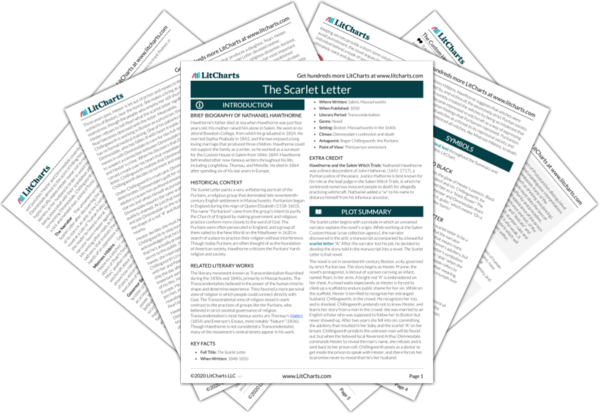The illegitimate daughter of Hester Prynne and Arthur Dimmesdale. Pearl serves as a symbol of her mother's shame and triumph. At one point the narrator describes Pearl as "the scarlet letter endowed with life." Like the letter, Pearl is the public consequence of Hester's very private sin. Yet also like the scarlet letter, Pearl becomes Hester's source of strength. Pearl defines Hester's identity and purpose and gives Hester a companion to love. Although she often struggles to understand Pearl's rebelliousness and devilish spirit, Hester never wavers in her loving devotion to Pearl. Pearl, an outcast, is drawn to other outcasts, such as Mistress Hibbins and her witch friends. Pearl's affinity for the occult associates her character with sin and evil, but Pearl is first and foremost a product of love, not just sin. Her rumored happiness and success as an adult in Europe make her character a symbol of the triumph of love over a repressed and oppressive society.
